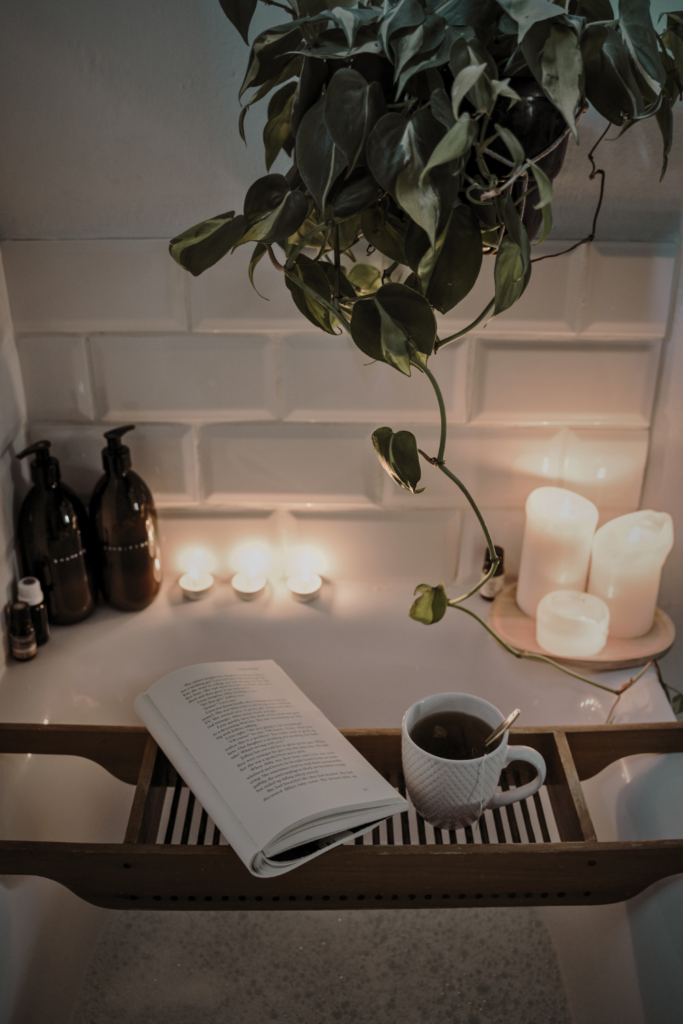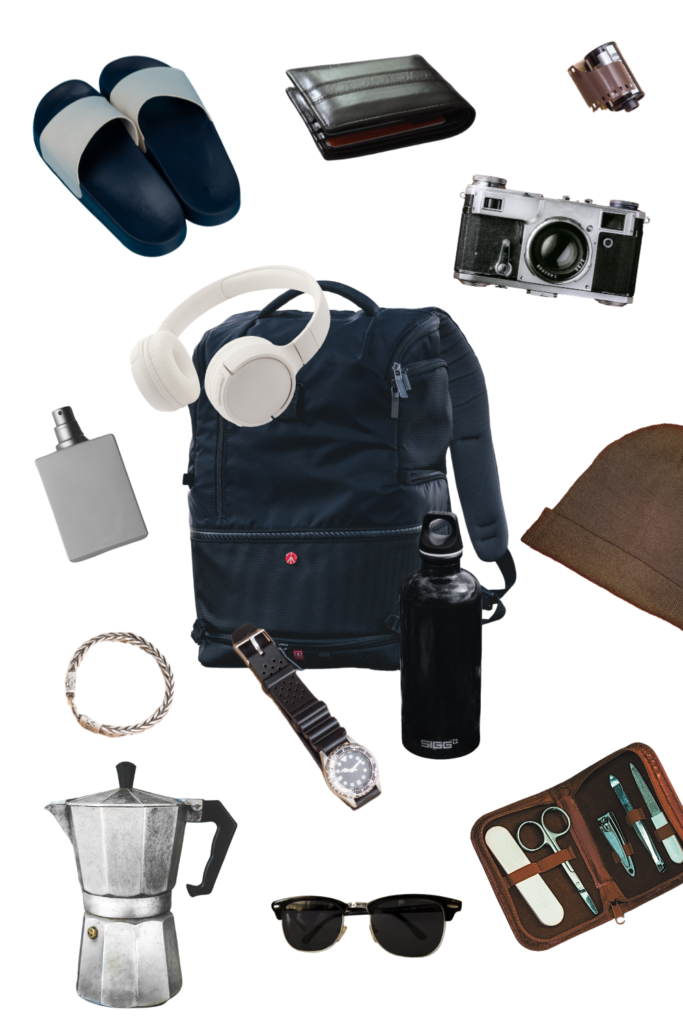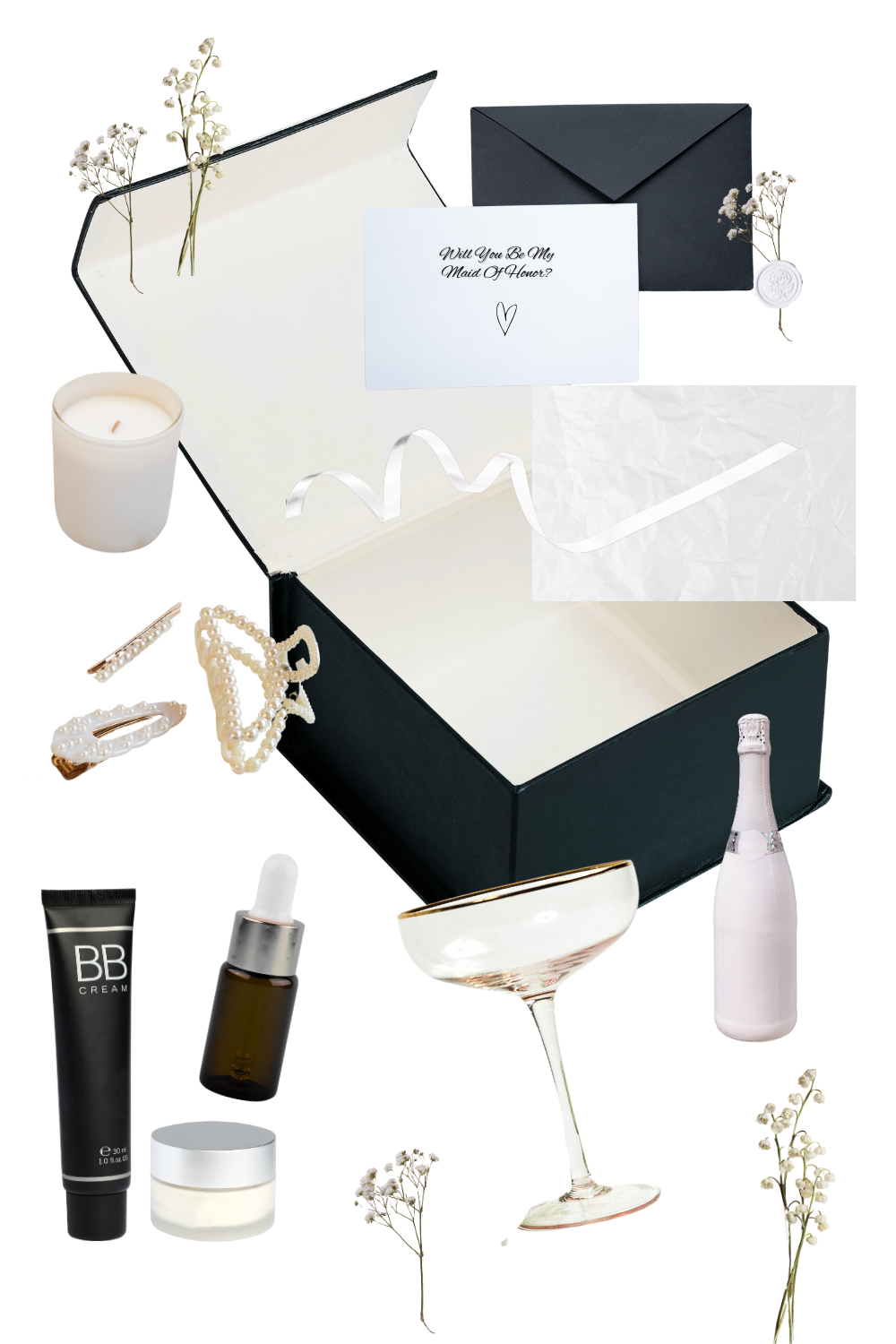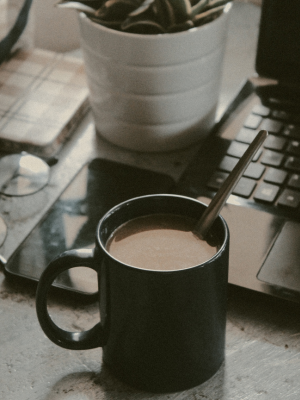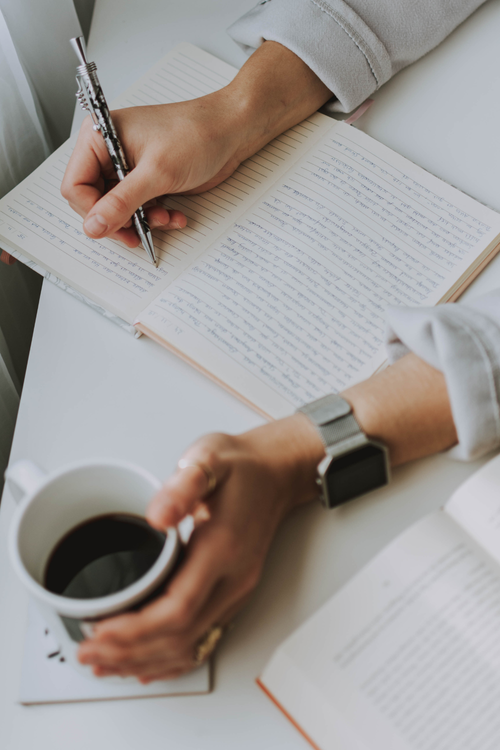Study Strategies – The Best Study Tips You Need (Helpful!)
Estimated reading time: 11 minutes
This is the ultimate guide to the best study strategies. Use this guide to help you with optimal studying!
This post may contain affiliate links, which means I’ll receive a commission if you purchase through my link, at no extra cost to you. Please read full disclosure here.
As an Amazon Affiliate I earn from qualifying purchases.
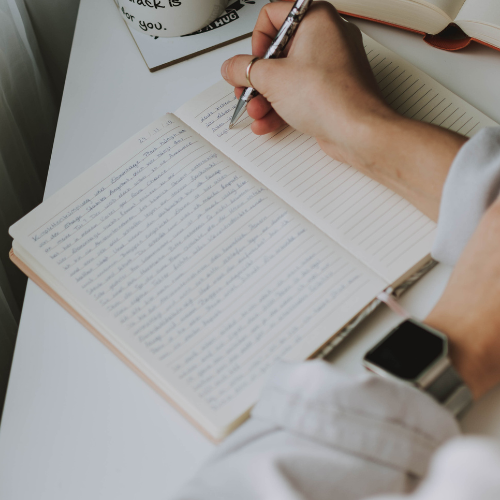
Best Study Strategies | Step-By-Step
Okay, SO you’re here because you want to determine the best study strategies.
Look no further — I have compiled a list of everything I WISH I would have known while in college to save you:
- Time
- Money
- Stress
These solutions are going to be simple and easy to implement whether you are in high school, college, grad school, etc.
It’s never too late to start getting it together to get:
- The grades you want
- The college experience you crave
- The job offer you need
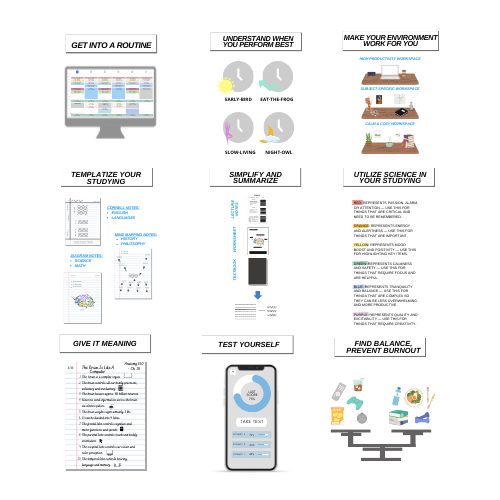
Let’s get into it!
Step 1: Get Into A Routine
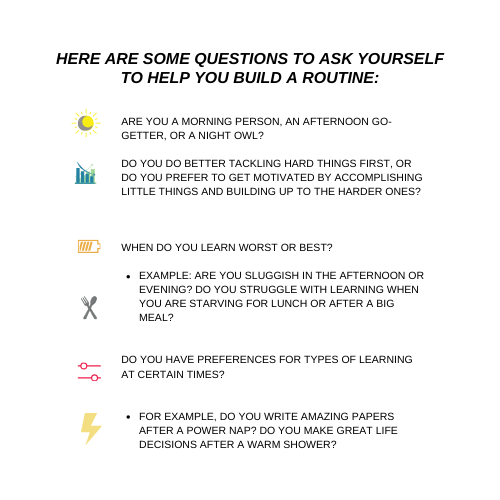
Now you might be wondering… what does my routine have to do with studying?
→ The way that you structure your life greatly affects the way you study.
Why?
Studying cannot be a one-off kind of thing — studying has to be something consistent and repeated.
- Studies show that repeated intervals of studying increase memory retention and therefore test performance! This is why cramming doesn’t work well for 99% of people.
If you are all-over-the-place chances are, your studying will be too — if you wake up at different times, eat at different times, do different tasks every day — chances are, when it comes down to actually studying, you’re going to feel like a mess.
You’ll probably feel super tired, out of sync, and essentially like every day you are reinventing the wheel — aka starting from scratch.
Now on to step 2 to determine what works for you…
Step 2: Understand When You Perform Best
There are a million types of routines out there:
- The early-bird-gets-the-worm person
- The eat-the-frog person
- The not-a-morning person
- The night-owl person
- The slow-living person
So here’s the thing: you have to know yourself.
You have to know what works best for you and bake those traits into your routine.
Here are some questions to ask yourself when using this study strategy to help you build a routine:
- Are you a morning person, an afternoon go-getter, or a night owl?
- Do you do better tackling hard things first, or do you prefer to get motivated by accomplishing little things and building up to the harder ones?
- When do you learn worst or best?
- Example: Are you sluggish in the afternoon or evening? Do you struggle with learning when you are starving for lunch or after a big meal?
- Do you have preferences for types of learning at certain times?
- For example, do you write amazing papers after a power nap? Do you make great life decisions after a warm shower?
Start to determine what works FOR YOU — not your friends — for you and only you.
Start building a routine via trial and error — try new things to see what works best for you and make note of the results.
The key, of course, is to be consistent. You can’t determine what works best for you if you aren’t consistent with it long enough to recognize a pattern.
Step 3: Make Your Environment Work For You
Have you ever set up shop to do some deep work — maybe to study for a big test — in a library or cafe — only to get NOTHING DONE?
We’ve all experienced frustrating environmental factors:
- People keep coming up to talk to you
- It’s too loud
- You forgot your charger
- There’s a drama with your study group
- The wifi is spotty
- You forgot your notebook
… whatever the case may be — you got nothing done.
Fighting Against Unpredictable Factors
There will always be factors that are unpredictable like your computer dying or your work not-saving.
But what we can control, we really should control. And a lot of that comes down to your environment. Having a study environment that works for you is a great study strategy.
As with the above in creating the right routine for you, determining the environment that works best for you — and better yet MOLDING IT for optimal productivity is an absolute must to get what you need to get done.
This means determining your preferences.
Here are some questions to ask yourself to help determine your preferences!
- Do you prefer studying in a certain environment for a certain subject?
- For example, do you need total and complete silence for math, but you prefer to write a paper in a busy coffee shop?
- Do you generally do better when it’s quieter?
- Do you work better listening to music or nothing at all?
- Do you prefer having a busy workspace or having a completely clean desk?
- Do you work better when it’s busy because you feel like people are watching you — monitoring that you’re working?
- Do you prefer to be bundled up and cozy or have your environment slightly chillier?
- Can you work outside or is that super distracting?
The point is to determine what works for you and mold your environment to fit your needs.
Step 4: Templatize Your Studying — Don’t Reinvent the Wheel Every Time!
This is one of the most effective study strategies. If you were to randomly for a semester take really serious, intensive notes, and that worked well for you and got you stellar grades … and then the following semester you decided to just wing it…
… you probably wouldn’t be too happy with the outcome.
Studying is understanding what works for you and your brain
Studying is many things …
- Studying is how you take in information
- Studying is how you process information
- Studying is how you remember information
- Studying is how you apply information
Therefore, it’s important to determine how you do all of that optimally.
There are tons of methods of study, here are just a few!
- Note Taking
- Reading
- Listening to lectures
- Watching Videos
- Active Participation – such as asking questions
- Using Visual tools – like models and diagrams
- Reciting information
- Active Recall – such as quizzing yourself
However you study best for each — subject, topic, professor, class structure, type of assignment — it’s important to determine that and implement it.
For example, if you noticed you did really well when you organized your history notes into mind maps then test out it that might work really well in other classes and TEMPLATIZE IT.
Another example:
If on the first test you got a C, on the second you got an A, and on the third test you got an A — templatize what you did to learn and then prepare for the second test so you can do well on the fourth.
It’s all about playing to your strengths.
Step 5: Simplify and Summarize Information
Look, you’re going to have a lot of information coming your way and you’re going to have professors that expect you to recall it from all the different places they provided.
Your professors will throw you a million different information sources such as a textbook, worksheets, diagrams, quiz questions, lecture info, videos … etc.
Now multiply that by the number of classes you have. That’s a ton of info.
When you have multiple assignments, exams, projects, and presentations all at the same time it can be difficult to remember what is what.
You need to condense.
What does that mean? It means you have to organize, prioritize, and determine what is relevant and what is not.
For example, for an upcoming exam you have been given a ton of sources of information — make a deck of flashcards or a study 1-pager of info to reference in your studying.
Another great way to condense information is to simplify it.
A great method for this is called the Feynman technique.
The Feynman technique is essentially studying by simplifying a concept in simpler and simpler terms … as if you were to teach it to a child.
Step 6: Utilize Science In Your Studying
A great way to study and learn is to utilize science to your advantage.
Using science to your advantage is one of the best study strategies.
A great and very simple way to do this is to use the 5 senses!
Here’s how to use the five senses to your advantage when preparing study materials or learning!
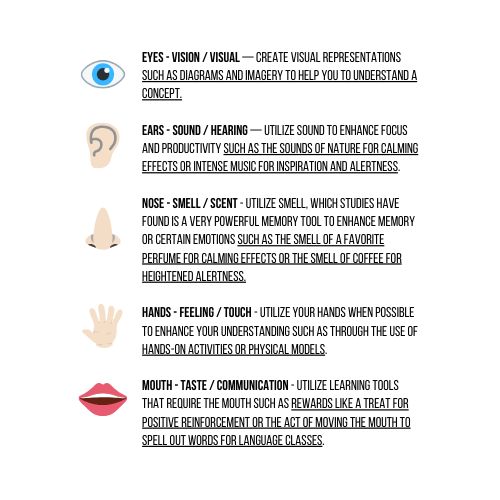
The 5 Senses And Studying
- Eyes – Vision / Visual — create visual representations such as diagrams and imagery to help you to understand a concept.
- Ex. Utilize color theory in your keys for your notes:
- Red: Represents passion, alarm, or attention — use this for things that are critical and need to be remembered.
- Orange: Represents energy and alertness — use this for things that are important.
- Yellow: Represents mood boost and positivity — use this for highlighting key items.
- Green: Represents calmness and safety — use this for things that require focus and are helpful.
- Blue: Represents tranquility and balance — use this for things that are complex so they can be less overwhelming and more productive.
- Purple: Represents quality and excitability — use this for things that require creativity.
- Ex. Utilize color theory in your keys for your notes:
- Ears – Sound / Hearing — utilize sound to enhance focus and productivity such as the sounds of nature for calming effects or intense music for inspiration and alertness.
- Nose – Smell / Scent – utilize smell, which studies have found is a very powerful memory tool to enhance memory or certain emotions such as the smell of a favorite perfume for calming effects or the smell of coffee for heightened alertness.
- Hands – Feeling / Touch – utilize your hands when possible to enhance your understanding such as through the use of hands-on activities or physical models.
- Mouth – Taste / Communication – utilize learning tools that require the mouth such as rewards like a treat for positive reinforcement or the act of moving the mouth to spell out words for language classes.
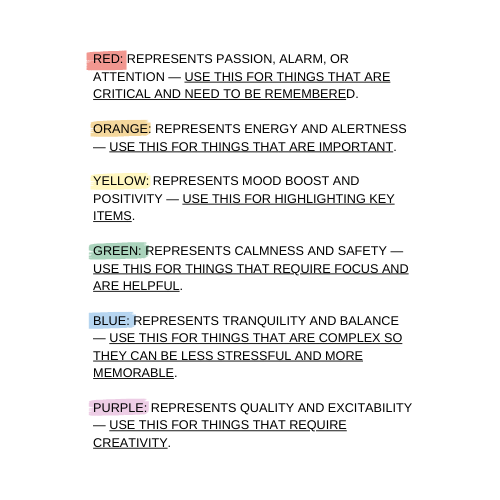
Step 7: Give It Meaning
A great tool for memory when studying is to give what you are learning meaning.
Giving what you learn meaning is a powerful memory tool.
When we give what we are learning meaning, it connects our unique perspective with what we are learning which makes it more relatable and therefore more relevant and memorable in our mind.
There are a number of ways you can do this … here are a few!
- We can associate it with personal memories
- We can associate it with stories
- We can associate it with emotions or feelings
- We can associate it with previous learnings
For example, let’s say we are learning about the anatomy of the brain. We could associate each lobe of the brain with an emotion, a feeling, the body part they control, a story, etc.
Step 8: Test Yourself
Before a big game, competition, or event — practice, and preparation are required.
Learning is no different. Trial and error is key in determining where we stand.
You wouldn’t run a race without running consistently — via workouts, practice, and training.
Therefore, it’s key to preparing effectively is understand our position by testing it.
This can look like:
- Quizzing yourself for an upcoming exam
- Practicing a presentation
- Having a friend read your paper before you turn it in
It’s important that we test ourselves outside the classroom so we aren’t surprised inside it.
When we guess on our performance we are making an assumption. And you know what they say about assuming 🙂
Step 9: Find Balance, Prevent Burnout
A critical step that should be considered in the mix when studying is stress prevention … which in turn is also burnout prevention.
Many people, myself included, forget this step.
College is a lot. Burnout is very real.
It’s important to be doing everything we can to help ourselves succeed and part of that is knowing ourselves and understanding when to push and when to breathe.
Finding balance and incorporating it consistently is critical. That means baking it into your routine and prioritizing it.
Stress prevention can look like a lot of things — and is highly subjective.
It can be anything from baking at 2 am (that was mine lol) to working out to vegging on the couch to hanging out with friends.
Whatever you do, do it consistently — before burnout happens.
Study Templates | Scientifically Proven Study Methods | Best Ways to Study
I always try to create a helpful takeaway for my readers — something they can take to use and apply in their own lives…
So here you go! I created three different templates for printables you can use for your notes to help templatize them!
I created templates for the following note-taking methods:
- Cornell
- Mind Mapping
- Charting
This post has been all about the best study strategies.
Spa Bathroom Ideas – The Best Luxurious But Affordable Tips
This is the ultimate guide to spa bathroom ideas to make your bathroom look and…
Study Music For Better Focus | The Best Ambient Concentration Music
This is the ultimate guide to finding the best ambient music to help you study….
Valentine’s Day Gifts | Unique Ideas You Might Not Have Considered
This post is the top guide to finding amazing Valentine’s Day gifts that are affordable,…
Valentine’s Day Gifts For Him – The Best Gift Guide (Helpful)
This is the ultimate guide to finding the perfect Valentine’s Day gifts for him! No…
College Resume – How To Write The Best Resume (Template)
This guide is the best way to write a college resume that will help you…
Bridesmaid Box Ideas – The Best Creative Budget Ideas (Unique!)
🤍 These thought-provoking and creative bridesmaid box ideas are the best way to ask your…







